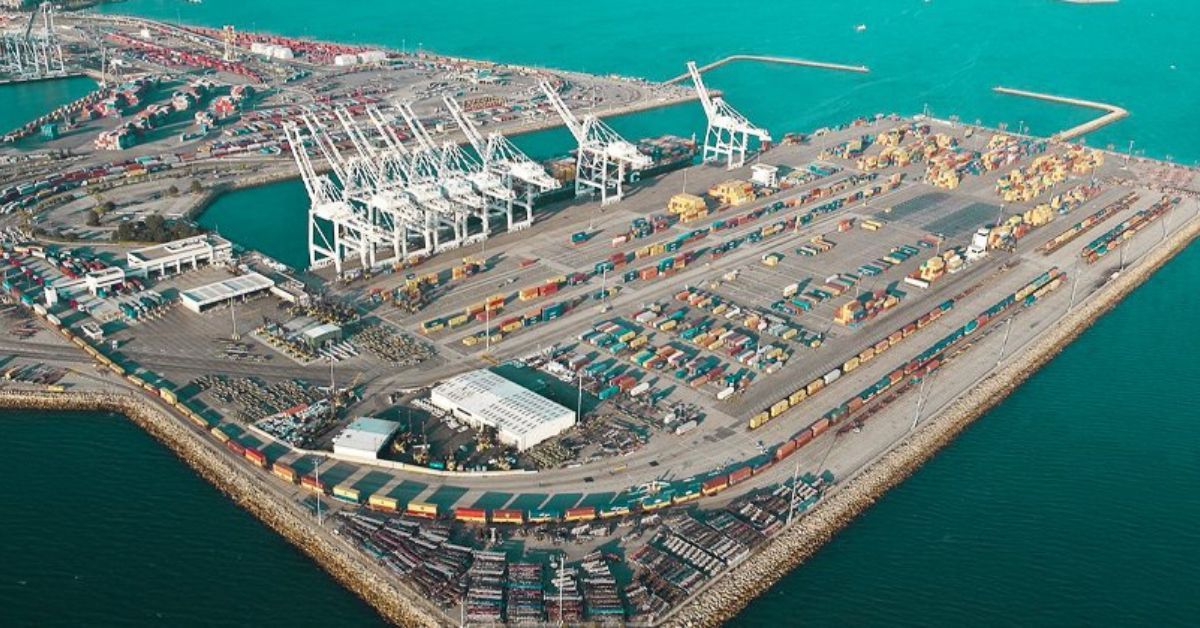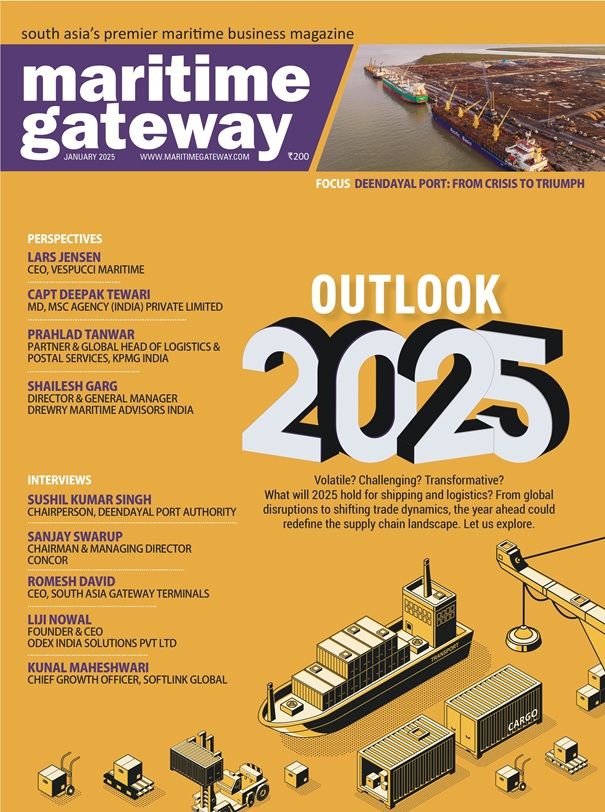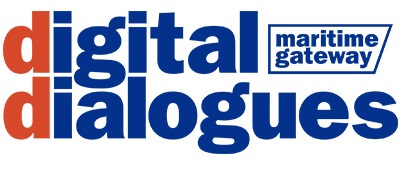The loading and unloading of goods in Chabahar port, in the southeastern Sistan-Baluchestan province, increased by 30 percent during the first ten months of the current Iranian calendar year (March 20, 2024-January 19, 2025), as compared to the same period of time in the past year.
Qasem Askari, the head of Sistan-Baluchestanís Ports and Maritime Department, also announced a 10-percent growth in the loading and unloading of basic goods in this port during the mentioned 10-month period. As Iran’s only oceanic port on the Gulf of Oman, Chabahar Port holds great significance for the country both politically and economically. The country has taken serious measures to develop this port in order to improve the countryís maritime trade.
The port consists of Shahid Kalantari and Shahid Beheshti terminals, each of which has five berth facilities. The port is located in Iranís Sistan-Baluchestan Province and is about 120 kilometers southwest of Pakistan’s Baluchistan Province, where the China-funded Gwadar port is situated.
In May 2016, India, Iran, and Afghanistan signed a trilateral agreement for the strategically-located Chabahar port to give New Delhi access to Kabul and Central Asia. Later, based on a separate deal with Iran, India agreed to install and operate modern loading and unloading equipment including mobile harbour cranes in Shahid Beheshti Port in Chabahar.
Under the framework of the mentioned agreement, the Indian side has been operating in Shahid Beheshti port in the form of a build-and-transfer (BOT) contract; this is the first time that such a contract has been implemented in one of the country’s ports with 100 percent foreign investment. The first consignment of Indian equipment for the development of port activities at Chabahar port worth $8.5 million arrived in the southeastern port in January 2021.
The Ports and Maritime Organization (PMO) of Iran has announced that a total of 194.79 million tons of goods were loaded and unloaded at the country’s ports during the first 10 months of the current Iranian calendar year. According to the PMO’s statemen, oil product unloading totalled 23.53 million tons, while unloading of non-oil products reached 44.16 million tons, bringing the total unloaded goods to 67.69 million tons.
Oil product loading at PMO-controlled ports amounted to 64.41 million tons, and non-oil product loading totalled 62.69 million tons, resulting in a combined loading volume of 127.10 million tons by the end of the 10-month period. The total volume of oil product loading and unloading during this period stood at 87.94 million tons, while non-oil product operations accounted for 106.84 million tons. Altogether, 194.79 million tons of oil and non-oil products were handled.
The ports handled 2.57 million twenty-foot equivalent units (TEUs) of containers during this period, marking a 13 percent increase compared to the same period last year, which saw 2.28 million TEUs processed. Iran’s ports have a total nominal capacity of over 260 million tons per year, allowing them to handle a wide range of oil and non-oil commodities. Key ports, such as Shahid Rajaei Port in Hormozgan Province, account for a significant portion of the countryís trade activity due to their advanced infrastructure and strategic location along international shipping routes.
Investments in port infrastructure have further enhanced the efficiency of loading and unloading operations, reducing turnaround times for vessels. The PMO has emphasized the importance of increasing port capacity to accommodate growing trade volumes and support Iran’s economic development goals. Upgrades in equipment, digitalization of operations, and expanded storage facilities are part of ongoing efforts to optimize port efficiency.







